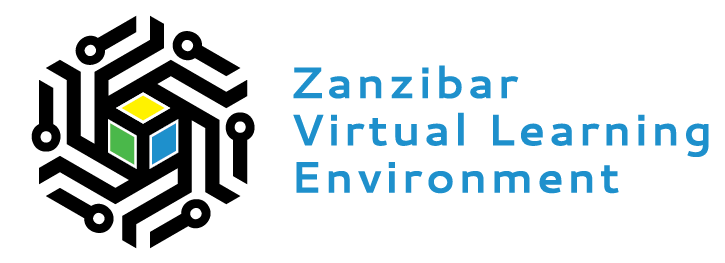Subject and Topic
Description
Outcomes:
- Describe how the concept of density relates to an object's mass and volume.
- Explain how objects of similar mass can have differing volume, and how objects of similar volume can have differing mass.
- Explain why changing an object's mass or volume does not affect its density (ie, understand density as an intensive property).
- Measure the volume of an object by observing the amount of fluid it displaces.
- Identify an unknown material by calculating its density and comparing to a table of known densities.
Language
English
Resource Type
Publisher
pHET Interactive Simulations
Publication Date
Copyright Licence
Copyright Holder


